5 Frontiersmen of the Canadian Wild West
Back to 5 Frontiersmen of the Canadian Wild West
2. Kootenai Brown
If you’ve ever driven through Waterton Lakes National Park on the Alberta #5 Highway, you might have noticed a sign labelled “Kootenai Brown” directing you off the main drag. If you take the sign’s advice, you’ll find yourself walking on a small paved path which leads to an even smaller trail through the brush. At the end of this smaller trail is a tiny cemetery in the middle of the woods. One of the cemetery’s three graves is that of John George Brown, known in later life as Kootenai Brown, Waterton Lakes’ first park ranger.
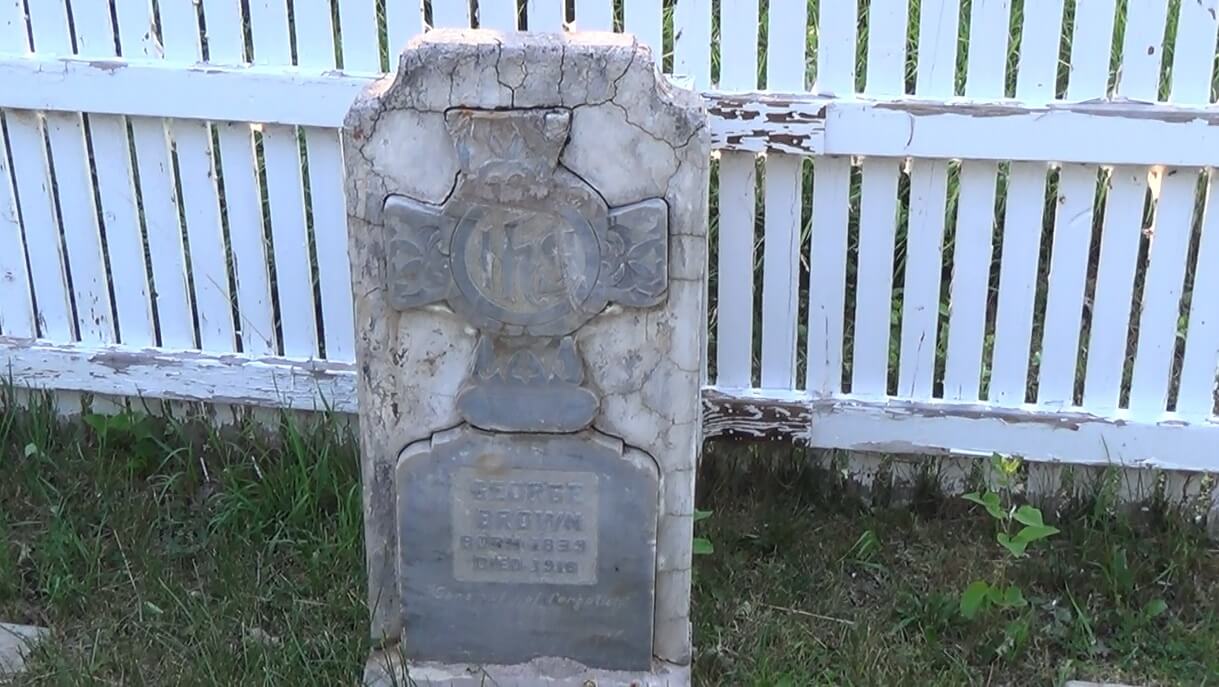
Although perhaps best known for being Waterton Lakes’ first park ranger, Alberta’s first petroleum pioneer, and the Chief Scout of the Rocky Mountain Rangers, John George “Kootenai” Brown has a rich and colourful Canadian Wild West history. Indeed, he is one of the greatest frontiersmen of the Canadian Wild West.
Kootenai Brown’s story began in Ireland in 1839, when he was born into a long line of Scottish-English military men. Having lost both his parents in the Irish Potato Famine of the 1840’s, he was raised by his paternal grandmother, who fought tooth and nail for him to attain an officer’s rank in the British Army. In those days, officers of the British Army attained their rank by purchasing it. Brown’s grandmother, being of modest means, wrote incessantly to the Commander-in-Chief of he British Army, asking that her grandson be granted a commission pro bono on account of his father and grandfather’s dutiful service to the Crown. Her persistence paid off. In 1858, Brown was granted a gratuitous commission in British Army at the height of the Sepoy Mutiny, a bloody revolt in India which left the British Army in desperate need of officers. Brown left for Calcutta on January 14, 1858 with a command of 21 private soldiers.
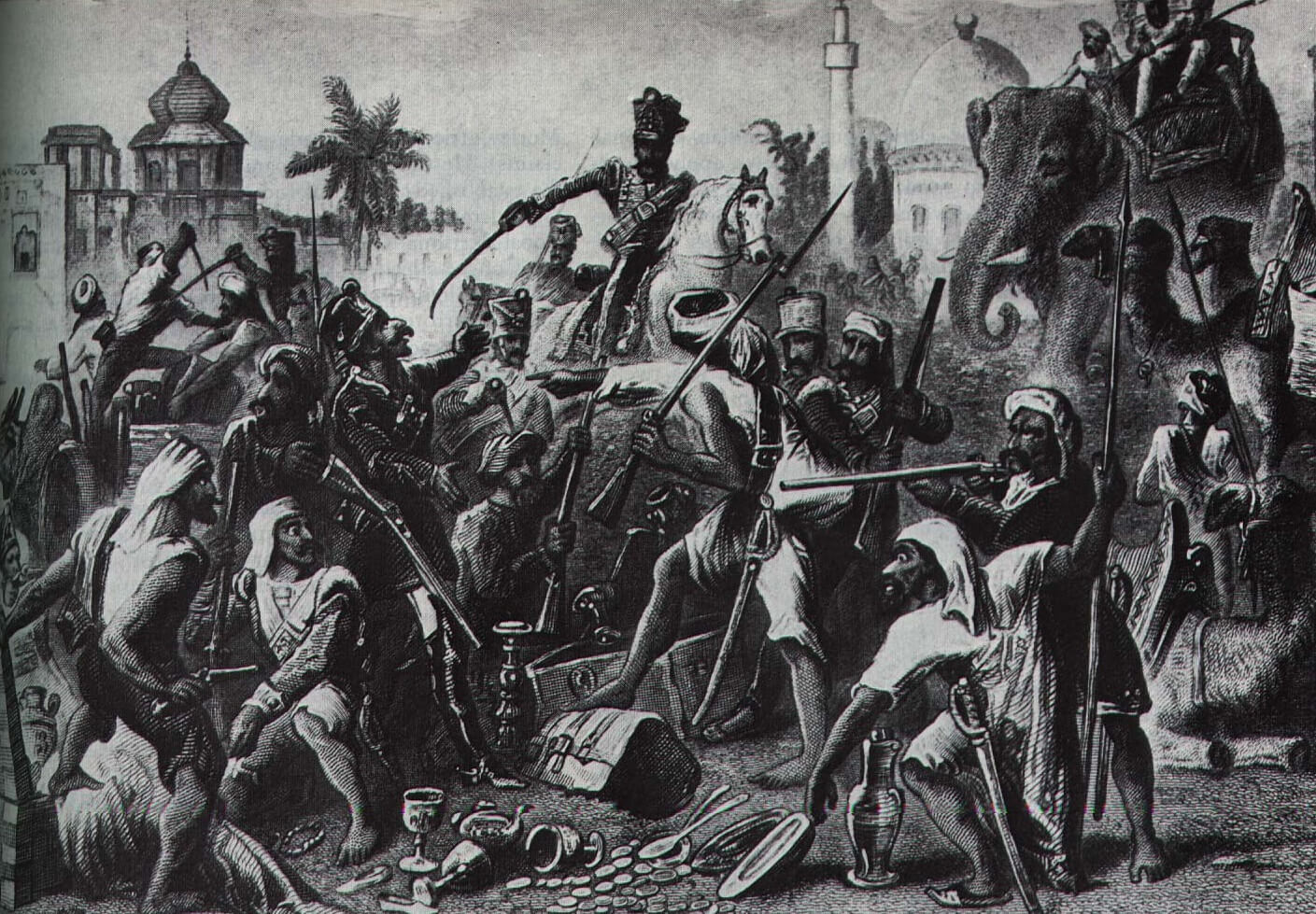
In India, Kootenai Brown acquired an appetite for adventure which, as he soon learned, would not be satiated by British military life. After returning to Ireland in 1860, he left the Old World for the New, never to return. With his friend Arthur Wellesley Vowell- a man who would one day serve as Gold Commissioner for British Columbia’s Kootenay district- Brown traveled to Panama in the hopes of eventually reaching the Cariboo goldfields of British Columbia. He and Vowell crossed the Panama Isthmus by train and traveled up the West Coast by steamer to San Francisco. There, they worked odd labour jobs, earning enough money to buy steamer tickets to Victoria, the present-day capital of British Columbia which, according to Brown, “in 1862 had no idea of ever becoming a capital of anything.” There, Brown and Vowell worked as lumberjacks for some time in order to raise money for a prospecting venture. When they each had enough to purchase an outfit, they traveled up the Fraser River to Port Douglas, up the Lillooet Trail to Coyoosh Flat (present-day Lillooet), and up the rugged Old Cariboo Road to the Cariboo goldfields of Williams Creek.
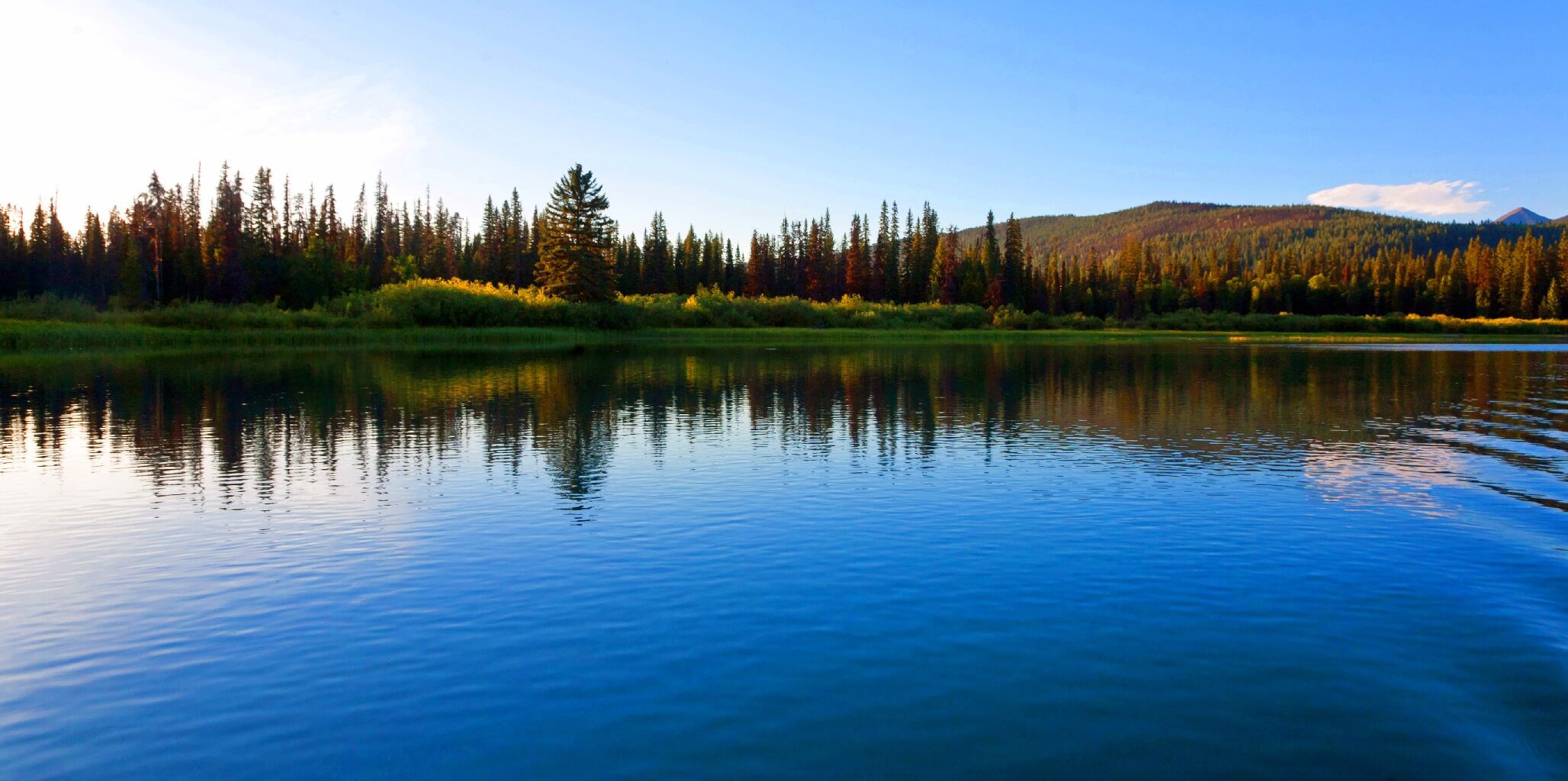
Like most of the prospectors who flocked to British Columbia’s Cariboo region to hunt for gold, Brown and Vowell were unsuccessful. After a season of fruitlessly panning the Cariboo River, the two partners split up. Vowell returned downriver to civilization. Brown decided to spend the fall and winter at the lawless Williams Lake, where he witnessed a deadly shootout between two rival prospectors.
Later that winter, Brown decided to temporarily abandon the search for gold and try his hand at trapping. Together with a partner, Brown succeeded in bringing in a season profit of $3,000 (current equivalent to about $70,000 Canadian). He used the money to outfit himself for another year-long prospecting venture which was, like the first one, completely unsuccessful. When the season was over, Brown, totally broke and down on his luck, found work as a swamper hauling canoes over a particularly rough stretch of the Fraser River.
After earning himself enough money to buy himself a hat, coat, and pair of suspenders, Brown traveled down the Fraser to New Westminster, where he found work as a Constable for the Colony of British Columbia’s Civil Service. His employers immediately dispatched him to Wild Horse Creek (near present-day Fort Steele), where a new gold rush was underway. Brown made the journey from New Westminster to his new post via the route that would one day become the Dewdney Trail.
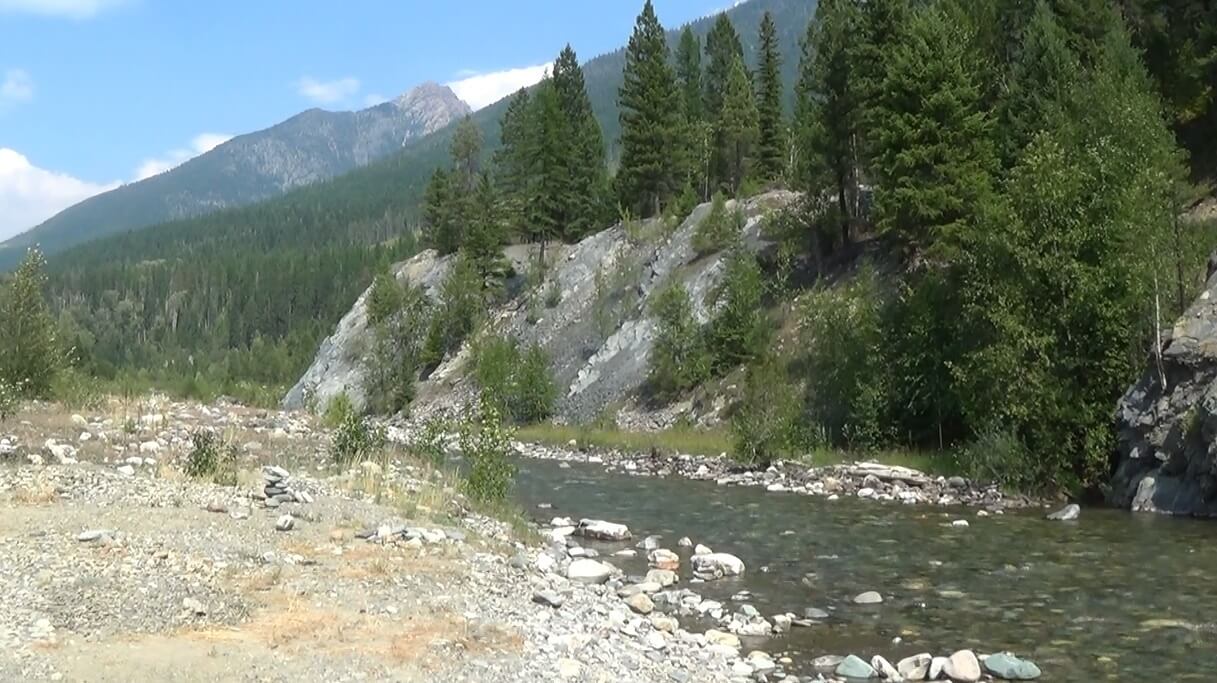
As it turned out, Wild Horse Creek was just as wild and lawless as the Cariboo. Brown’s first act as Constable was to arrest three counterfeiters, who were making purchases with their imitation gold dust. When the Colony of British Columbia, on account of budget cuts, reduced his pay, he quit the service and took up prospecting once again. Brown and his new prospecting partners, after a fruitless season panning Wild Horse Creek, sold their claim to a party of Chinese prospectors and traveled east, hoping to try their luck on the North Saskatchewan River near Fort Edmonton, where it was rumoured that another gold rush was underway.
Brown and his partners had no idea where Fort Edmonton was aside from that it was somewhere to the east. Without a map or compass, the party traveled through the mountains, eventually stumbling upon the Kootenai Pass, located near the Waterton Lakes region. There, they crossed the eastern edge of the Rocky Mountains over into the western Canadian prairies.

Brown and his three companions traveled further east along the prairies, running into all manner of prairie animals including huge herds of buffalo and prairie wolves, prairie grizzlies, coyotes, and “hundreds of rattlesnakes.” At Seven Persons Creek, near present-day Medicine Hat, Alberta, they were set upon by a war party of 32 young Blackfoot braves, all of them armed with either bows and flint-tipped arrows or hand-to-hand weapons. The prospectors, who were armed with muzzle-loading percussion rifles, drove back the warriors, killing two of them in the process. During this skirmish, Brown received an arrow in his lower back which narrowly missed one of his kidneys. He pulled the arrow out himself, and allowed his companions to dress his open wound by emptying half a pint of turpentine into it.
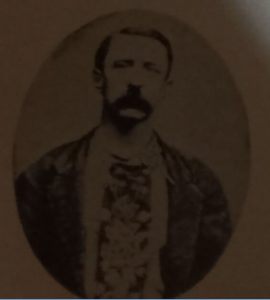 Following the skirmish, the party traveled down the creek to the South Saskatchewan River. There, they had a falling out. Two of the prospectors rode north to Fort Edmonton. Brown decided to follow the river, hoping that it might lead to civilization. The third companion, a man with a gold tooth who had lost his horse during the skirmish, would have to travel on foot through extremely dangerous territory. Feeling sorry for his companion, Brown killed a nearby buffalo, constructed a bull boat from its hide, and pushed him off in it so that he, too, might travel downriver.
Following the skirmish, the party traveled down the creek to the South Saskatchewan River. There, they had a falling out. Two of the prospectors rode north to Fort Edmonton. Brown decided to follow the river, hoping that it might lead to civilization. The third companion, a man with a gold tooth who had lost his horse during the skirmish, would have to travel on foot through extremely dangerous territory. Feeling sorry for his companion, Brown killed a nearby buffalo, constructed a bull boat from its hide, and pushed him off in it so that he, too, might travel downriver.
Brown quickly outstripped his waterborne companion as he rode downriver. In time, he came to the French Metis winter village of Duck Lake, just downriver of present-day Saskatoon, Saskatchewan. The village’s Metis inhabitants invited Brown to stay with them for the winter. The frontiersman gratefully accepted. Shortly thereafter, one the Metis approached Brown, telling him that a newcomer named Mr. Goldtooth was looking for him. Mr. Goldtooth, as it turned out, was the man Brown had made a bull boat for. He, too, stayed the winter at Duck Lake.
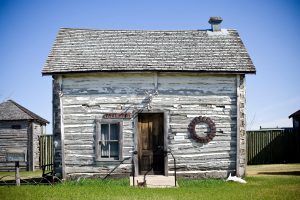 In the spring, Brown and his companion rode southeast to Fort Garry, present-day Winnipeg, Manitoba. From there, they they split up. ‘Mr. Goldtooth’ traveled east towards civilization, while Brown entered into the whisky trade. At various Indian camps, he sold clothes, blankets, and whisky to the local Cree and Ojibwa in exchange for muskrat, mink, fox, coyote, and wolf pelts. On one occasion, while he was trading in his furs at a post at Portage la Prairie, Brown found himself caught in a ferocious shootout between the post’s white owners and thirty angry Ojibwa from Red Lake, Michigan. During this firefight, one Indian and one white man were killed.
In the spring, Brown and his companion rode southeast to Fort Garry, present-day Winnipeg, Manitoba. From there, they they split up. ‘Mr. Goldtooth’ traveled east towards civilization, while Brown entered into the whisky trade. At various Indian camps, he sold clothes, blankets, and whisky to the local Cree and Ojibwa in exchange for muskrat, mink, fox, coyote, and wolf pelts. On one occasion, while he was trading in his furs at a post at Portage la Prairie, Brown found himself caught in a ferocious shootout between the post’s white owners and thirty angry Ojibwa from Red Lake, Michigan. During this firefight, one Indian and one white man were killed.
Following the shootout at Portage la Prairie, Brown continued to trade with the First Nations for over a year. During this time, while on a business trip to Fort Garry, he chanced upon a U.S. recruiter for the Pony Express. After hearing what the recruiter had to say, Brown decided to leave Manitoba for the American frontier. There, in North Dakota, he ran mail for the U.S. Army.
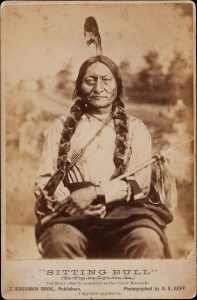
In the fall of 1867, Brown was captured by a band of Sioux, who warned him that he and other white men were not welcome in the territory, before releasing him. Despite the warning, he continued to ride for the Pony Express through hostile Sioux territory.
In the spring of 1868, Brown and fellow courier, a Sioux half-breed named Joe Martin, were captured by a Sioux war party led by Sitting Bull, the Hunkpapa chief whose warriors would, in eight years, massacre U.S. General George Custer’s 7th Cavalry at the Battle of Little Bighorn. The Sioux braves stripped the two couriers completely naked and debated amongst themselves on how best to torture them. While the warriors argued, Brown and Martin inconspicuously rolled down a hill into nearby Strawberry Lake, where they hid underwater. By this time, it was getting dark, and the Sioux were unable to find the two men. After hiding out in the water for several hours, the naked, barefoot couriers made their way on foot back to the safety of Fort Stevenson, from which they had come.
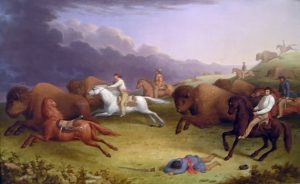
While under the employ of the U.S. Army, Kootenai Brown’s work took him to the Red River Valley. There, he married a French-Cree girl named Olivia D’Lonais and decided to quit his position and live among the French Metis. The Irishman enjoyed many happy years living with the semi-nomadic, devoutly-religious French-Cree Metis, immersed as he was in a tight-knit community which revolved around the annual buffalo hunt and the music and dance-filled winter camp.
By the mid 1870’s, the buffalo that had dominated the prairies since time immemorial were quickly disappearing. The First Nations and the Metis who depended on buffalo for sustenance began to break up into smaller bands in search of food. In 1877, Brown, his wife, and their two daughters left the Metis camp and headed west in search of better opportunity. There, in Montana, Brown made his living as a wolfer, or wolf hunter.
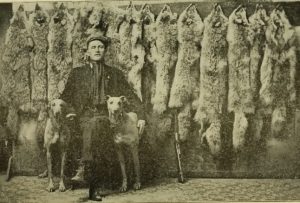
Wolfers were a hard breed of men largely despised by white traders and Indians alike. Instead of shooting wolves with bullets or snaring them with traps and damaging their pelts in the process, wolfers typically acquired their pelts by killing a buffalo, dressing its carcass, and rubbing the raw meat with toxic strychnine. Prairie wolves would flock to the carcass and gorge themselves on the poisoned meat before collapsing. Then the wolvers would return to the carcass to harvest the pelts.
In the spring of 1877, after hauling the season’s take of pelts to Fort Benton, Brown and his family camped with a Metis band a short distance from the fort on the Teton River. There, Brown was approached by a wolfer named Louis Ell, who asked him to accompany him to the fort. Brown obliged. En route, Ell insited that Brown owed him a debt. Brown denied the allegation. In the heat of the argument that ensued, Brown drew a knife and stabbed the wolfer in the gut. Ell died shortly thereafter. A Metis who had witnessed the stabbing rode to Fort Benton to report it, while Kootenai Brown rode north for the Canadian border.
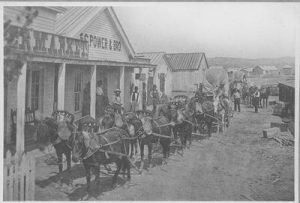
The Fort Benton sheriff apprehended Brown about 110 kilometres north of the fort and interred him in the jailhouse. There, the sheriff’s successor, Sheriff John Healy, a fellow Irishman and other great frontiersman of the Canadian Wild West, watched over him until his trial. During his trial, Brown pleaded that he killed Ell in self defense. The Territorial Grand Jury agreed and rendered a verdict of not guilty.
Upon being set free, Brown reunited with his wife and daughters and traveled north into Canada. He and his family made their new home in the Waterton Lakes area, which was, at the time, called the Kootenay Lakes region. There, he earned the nickname by which he is known today: “Kootenai” Brown. Kootenai Brown spent the rest of his life in the area, working as a trader, fisherman, hunter, guide, and packer. In 1885, during Riel’s North-West Rebellion, Kootenai Brown served as the Chief Scout of the Rocky Mountain Rangers, a ragtag militia of ranchers, cowboys, ex-Mounties, remittance men, and old-timer frontiersmen who guarded the narrow-gauge Galt Railway bridging Medicine Hat with Lethbridge. Later, in 1889, he became Alberta’s first petroleum pioneer, using the crude oil he produced in the Waterton Lakes area as lubricant for his wagons. In his later years, Kootenai Brown was instrumental in turning his beloved Kootenay Lakes area into the Kootenay Forest Reserve, which would later become Waterton Lakes National Park. Kootenai Brown became Waterton Lakes’ first park ranger, and served that function until his death in the summer of 1916.
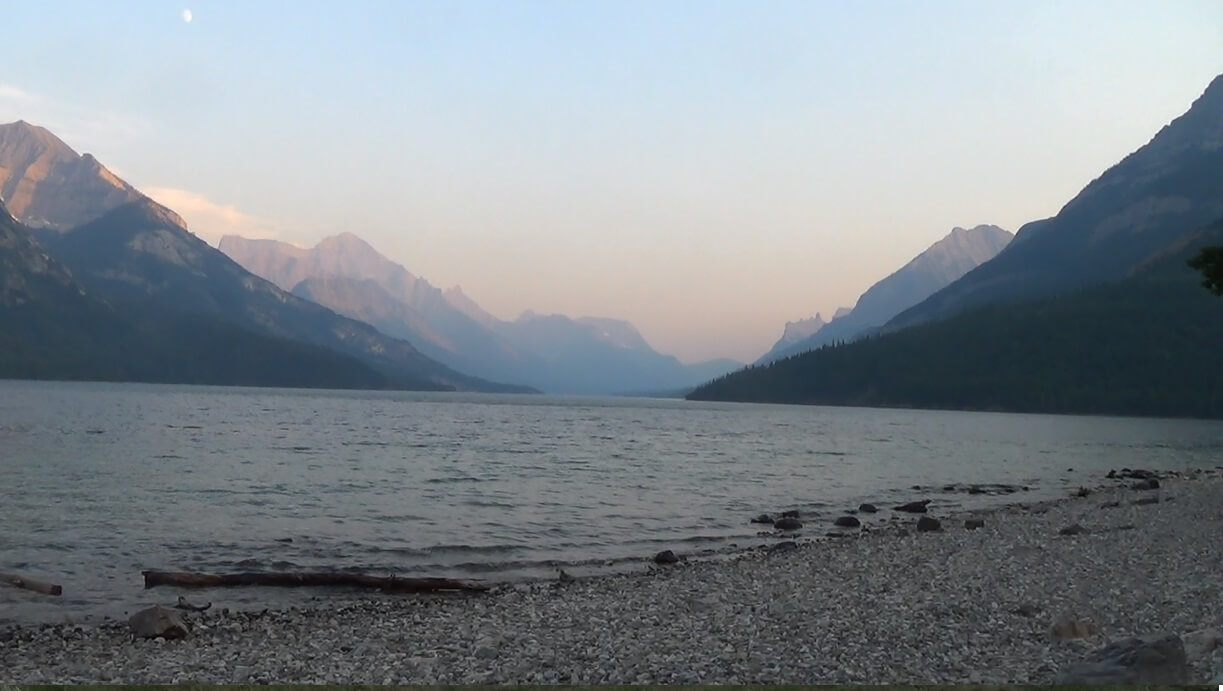
5 Frontiersmen of the Canadian Wild West:
1) Jerry Potts
3) John Healy
4) Joe Kipp
5) Harry “Kamoose” Taylor
Want to Help?
If you enjoyed this article and would like to help support this website, please check out our online bookshop:







Colin Willis
Hello What an amazing story to read. The old sayings, “life is for living” and “the luck of the Irish”, all shine in this life story.
Cheers Colin